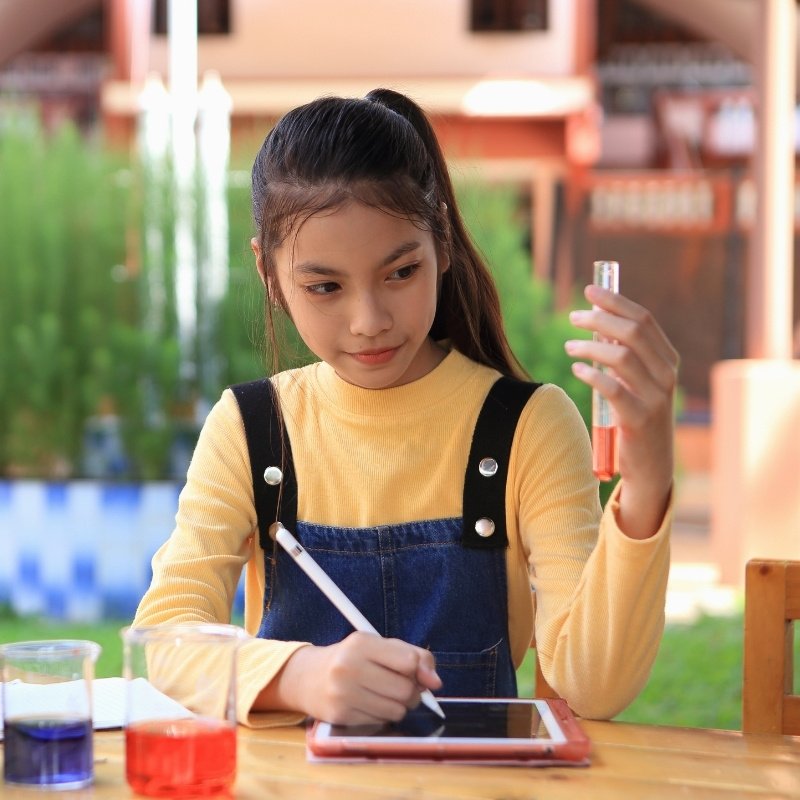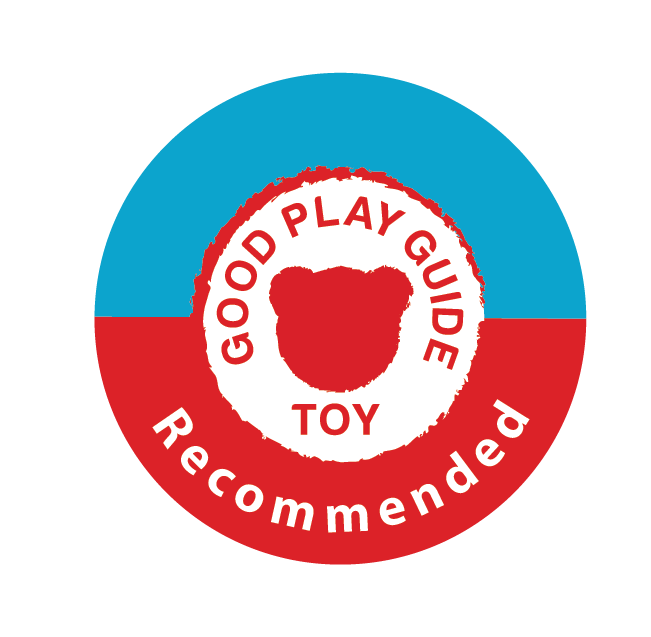
Three Fun and Educational Science Toys for Six Year-Olds

Many parents are worried about helping their children catch up after school closures. At the Good Play Guide we feel that play is the most important way we can do this. Children have had enough stress for the time being!
Playing is an enjoyable, pressure-free way for children to learn. Science is all about asking questions and making discoveries; so is play. Here are three toys that are brilliant fun for children aged six and above, that can help teach science through open-ended creative play.
Living Things and Habitats
GeoSafari® Junior Kidnoculars Extreme™
Price: £22.50
When out on a walk with your child, have you ever heard the birds chirping in the trees and been asked, what’s that sound? Curiosity is key in science, and so is the search for answers.
With their own set of child-friendly binoculars, your little scientist can follow that noise and explore the trees with 3 x magnification. A cool extra feature of these binoculars is the built-in microphone, that will amplify all of those lovely sounds of nature.
In Year 1 children will be learning to identify and name a variety of common animals, so why not encourage your child to search for and name all the fish, amphibians, reptiles, birds and mammals they can spot?
In Year 2 they will also be learning about the habitats of living things. You could ask your child to use their binoculars to explore local natural spaces, identify and describe how different habitats provide for the basic needs of different kinds of animals and plants, and how they depend on each other.
Your child can also use their binoculars to observe changes across the seasons and different types of weather, another topic covered in Year 1. Each time you go for a walk they can get a closer look at the changing colours of the leaves on the trees, or try to spot the birds nests being built in spring.
Everyday Materials
Geomag Classic Panels – 100% Recycled
Price from: £22.50 – £50
The Geomag construction sets are a really creative introduction to magnetism; your child can enjoy learning how magnets attract and repel one another while they enjoy building an unlimited number of awesome designs from magnetic rods, steel spheres, and panels.
In Year 1 children will be learning to describe, compare, and group a variety of everyday materials based on their physical properties. You could set up a mini science experiment with the Geomag magnetic pieces to test materials around your house, to find out which ones are magnetic or non-magnetic, and take photos or create a pile of the two groups.
In Year 2 children will be learning to identify and compare the suitability of a variety of everyday materials for particular uses. While building with their Geomag set, you could ask your child to imagine this is a real building. What materials would they choose for the different parts of it and why? Wood or glass for the windows? Metal or plastic for the main structure, where the magnetic rods are? Brick or cardboard for the walls, where they have used panels?
Did we mention that the plastic in this set is also 100% recycled? If your child is a bit of an eco warrior, this might also be a great way to start a conversation about recycling. You could even watch an online video together to see exactly how the plastic for their new toy would have been made.
Working Scientifically
HUE Animation Studio
Price from: £64.95
In both Year 1 and 2, your child will be learning to work scientifically. This means that they will be asking questions, saying what they think might happen, and then doing a simple test to find answers.
Science experiments are great fun for children and we highly recommend taking a look at The Dad Lab’s YouTube channel for some really creative ideas. There are a great mix of short activities that don’t need too many materials, as well as a few that take a little more effort, but are certainly worth trying if you have the time.
Many children love video recording themselves, so why not film them doing an experiment, as if they were creating their own YouTube show? The HUE Animation Studio makes this easy, with an adjustable HD camera, built-in microphone, and step-by step instructions for creating videos.
HUE can also be used to make stop-motion and time-lapse films, which are great for observing change. In Year 2 children will be describing how seeds and bulbs grow into mature plants, as well as looking at what a plant needs to grow and stay healthy.
You could try setting up your own bean experiment, where your child grows a bean in a jar, so they watch as the roots and stem begin to sprout. Using their HUE camera, your child can take a photo of their bean every day, then put together a cool video to show their bean growing. You can also talk about what your child’s bean needs to grow, such as sunlight, and encourage them to water it regularly to keep it healthy.
Conclusion
Part of doing well in school is being motivated and for that, we need to nurture our children’s joy of learning.
One tip for this is to use your child’s interests, whatever those may be.
For example, if they love being outdoors, encourage your child to explore and learn about the animals and plants in your local woods.
If your child enjoys making things, provide different materials they can build with, so they learn about the properties of those materials at the same time.
Or if they’re a bit of a performer, your child might enjoy being in front of a camera, putting on a show and talking about all the things they have learned.
Whatever you decide to do, go and have fun, and let us know what new things you learn together!






